Field research and conservation of Camellias in Southern Vietnam
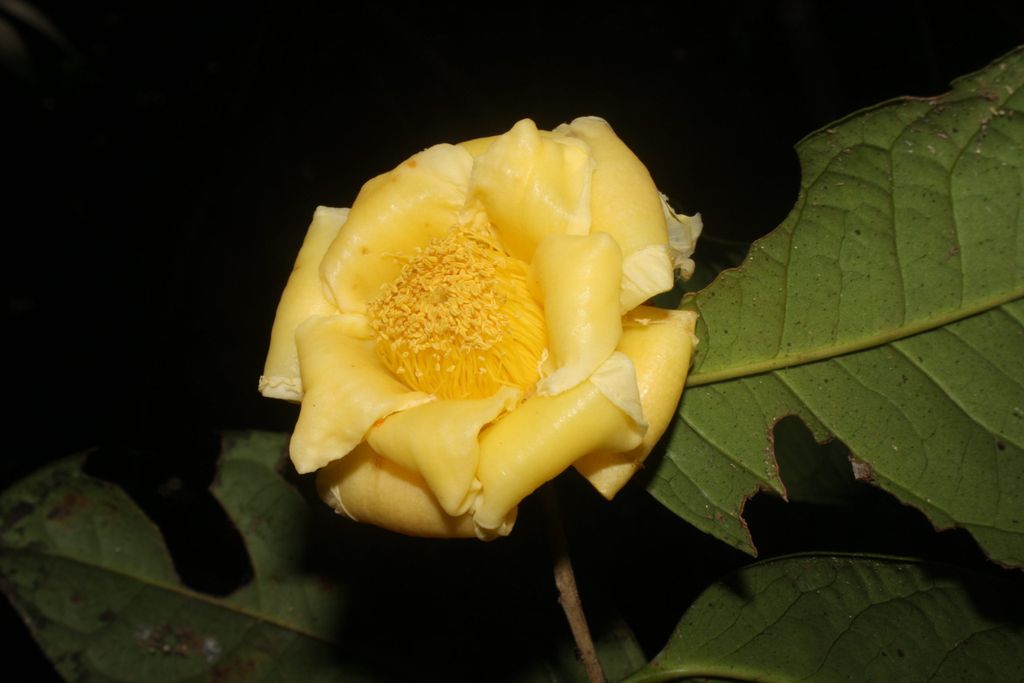
-
Status of project
Completed -
Region
Asia -
Country
Vietnam -
Programme
Global Trees Campaign -
Workstream
Saving Plants -
Topic
Year in review 2022
Project completed: 2022
Conservation Problem
Much of the reported habitat of three Critically Endangered Camellia species in Southern Vietnam falls outside protected areas & is threatened by development. We also lack the species’ distribution & population size data.
Project Goal
Improve knowledge of the inventory, distribution and status of Camellia species & ensure their protection in Southern Vietnam through surveys, collection of material for ex situ conservation, & re-enforcement planting.
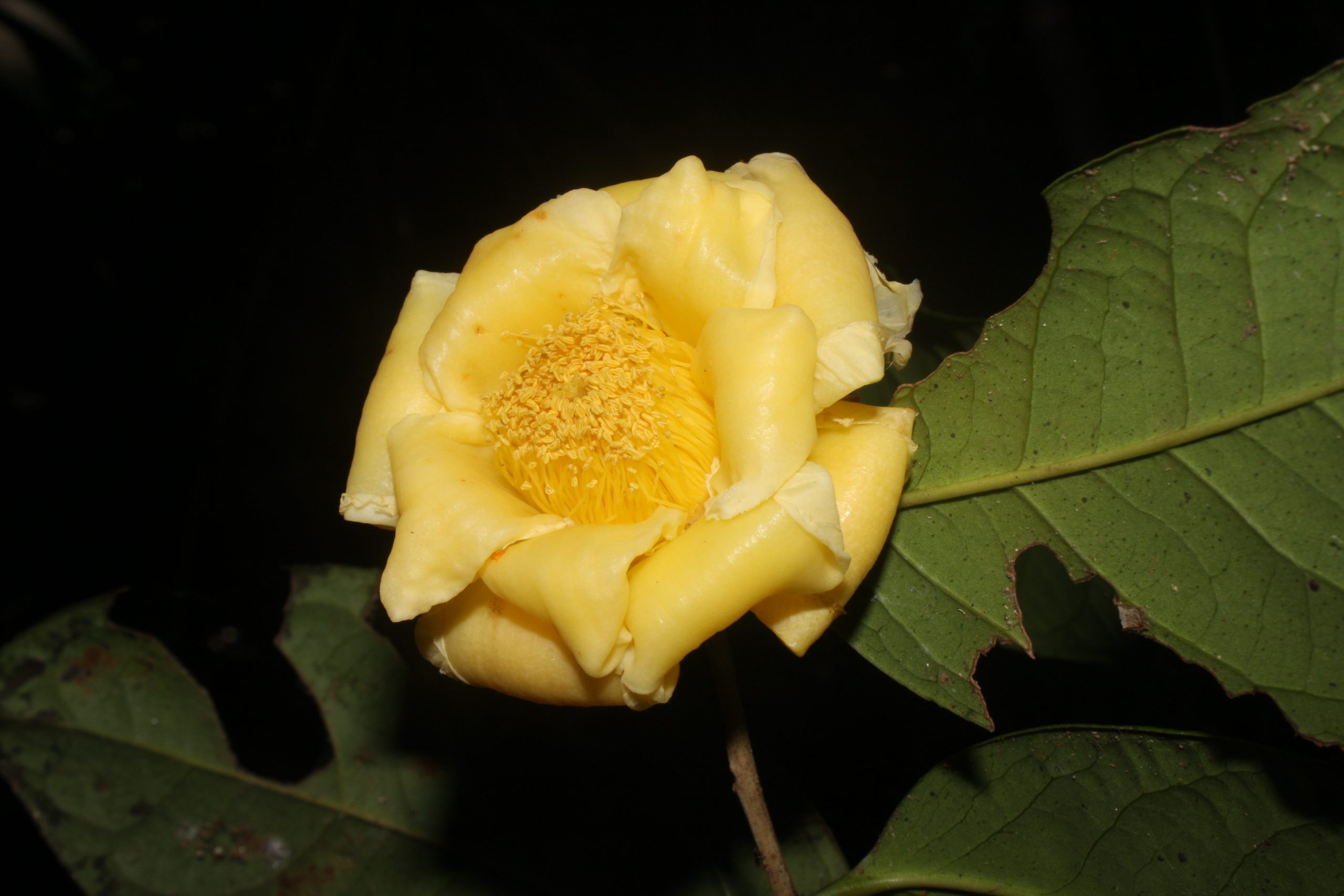
Why these species?
As a genus of the family Theaceae, Camellia is a source of commercial and garden plants, medicinal extracts and oils. Recent discoveries indicate that with 46 species Southern Vietnam is a new centre of diversity for camellia, in addition to southern China and northern Vietnam. Although 20 species in Vietnam have been officially assessed as threatened according to the current IUCN Red List, we are still far from understanding their actual distribution and population size; this holds true for other species reported for the region. Meanwhile, most of their reported natural habitats are located outside of the national protected area system and face increasing loss. Therefore, there is an urgent need for additional field research to assess their actual status, and conserve threatened camellias in the form of living botanical collections.
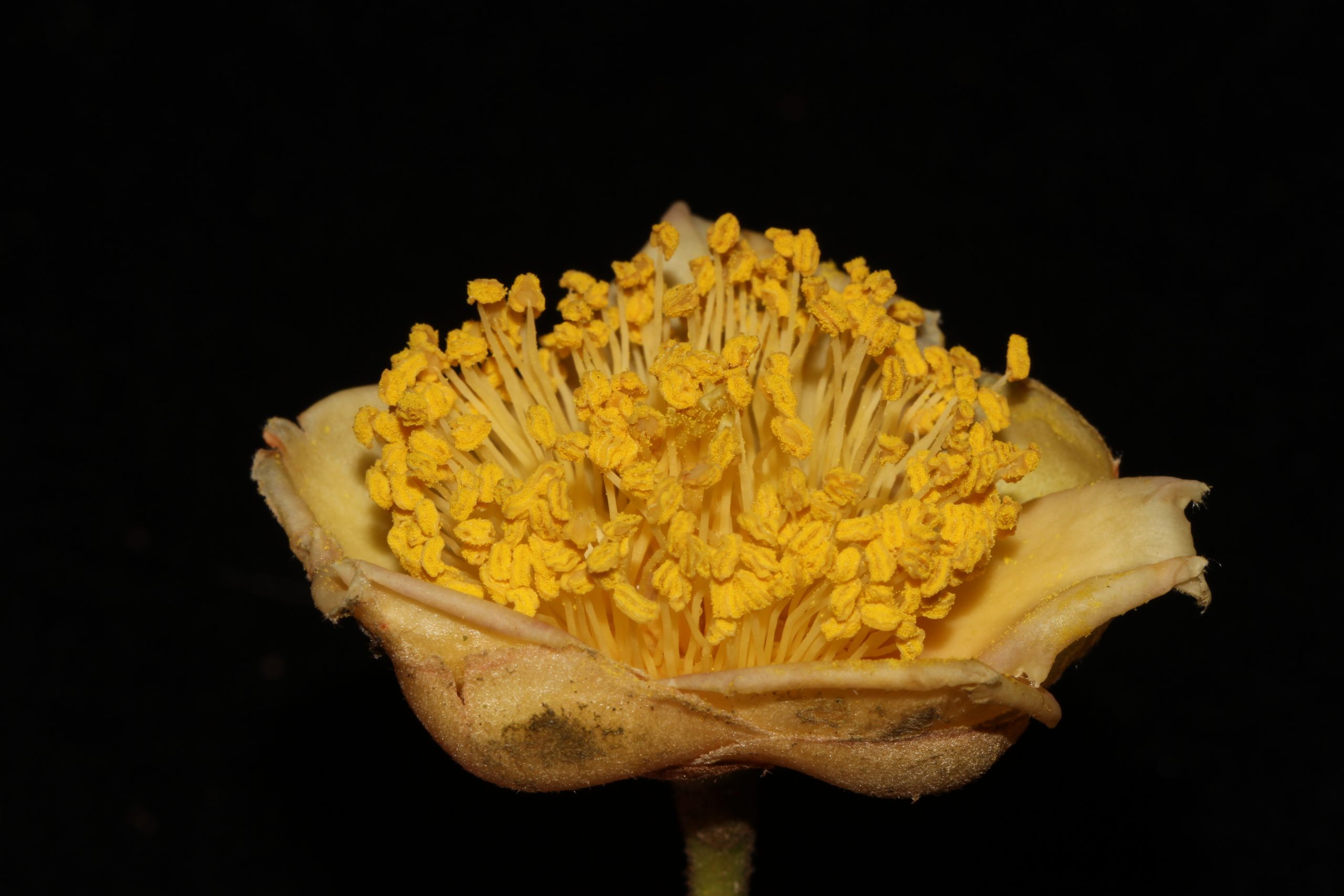
The three Critically Endangered species, C. bugiamapensis, C. capitata and C. dalatensis are some of the most endangered in the region. C. dalatensis is restricted to a small area of forest heavily impacted by illegal logging and the encroachment of illegal coffee plantations on the Da Lat Plateau. Both C. capitata and C. bugiamapensis are known from populations of less than 50 individuals within Bui Ga Map National Park. While the National Park affords some protection to the species, a search for further populations is necessary alongside ex situ propagation to bolster populations.
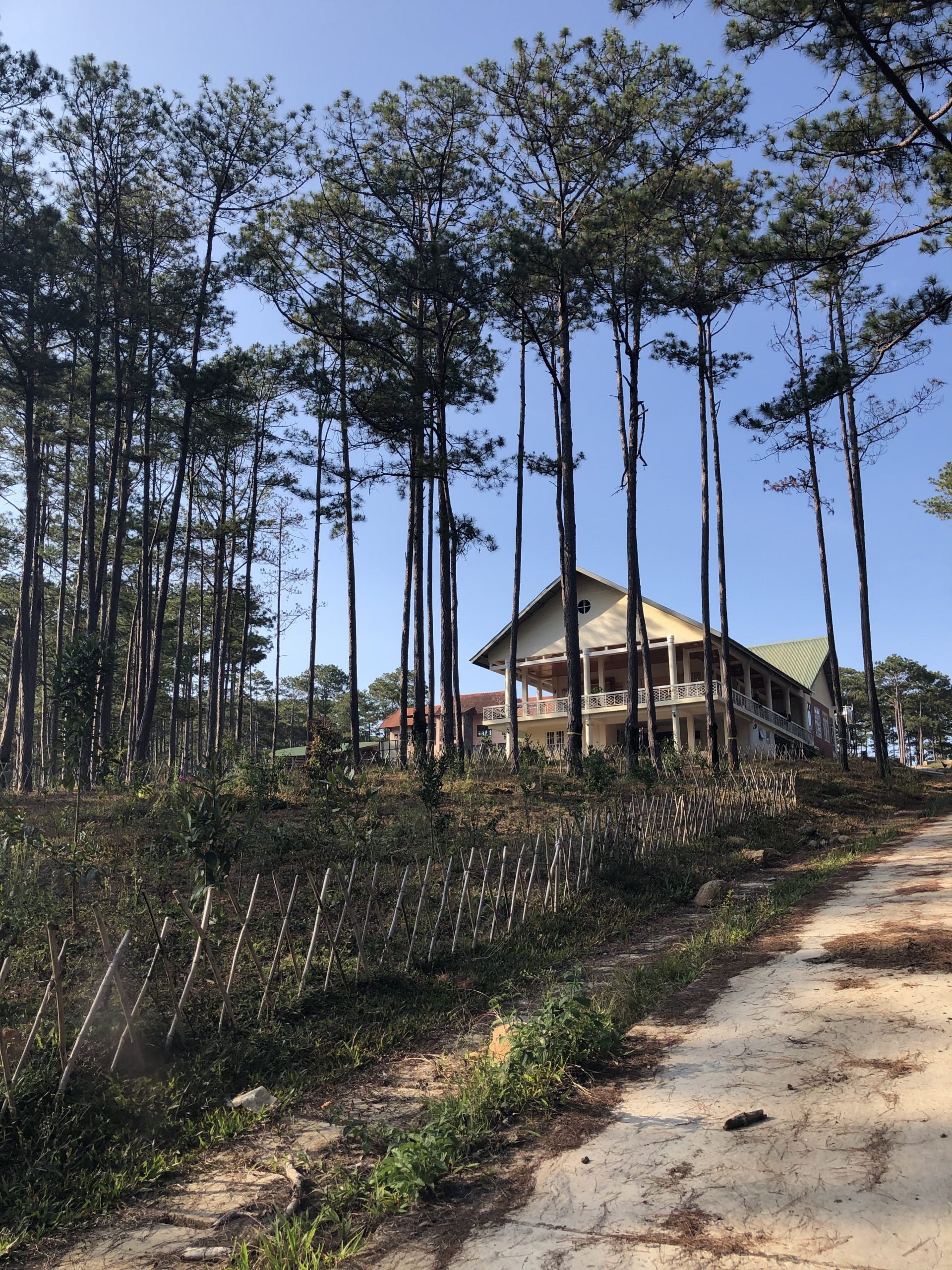
What are we doing?
Since 2009, the Southern Institute of Ecology (SIE) has been studying diversity of camellias in southern Vietnam. GTC has partnered with the SIE and Bidoup Nui Ba National Park Botanic Garden to study and protect these three Critically Endangered species. We are supporting SIE and Bidoup Botanic Garden to:
- Carry out surveys in the Central Highlands to confirm the population size, structure and distribution of the threatened Camellia species; this also includes ecological studies (e.g., phenology- seasonal flowering) to improve species knowledge and management
- Collect seed and cuttings for propagation of ex situ collections in Bidoup Nui Ba Botanic Garden and nurseries within Bu Gia Map National Park for conservation and education purposes
- Develop plans for in situ species recovery, through translocations and supplementary planting into the wild if necessary.
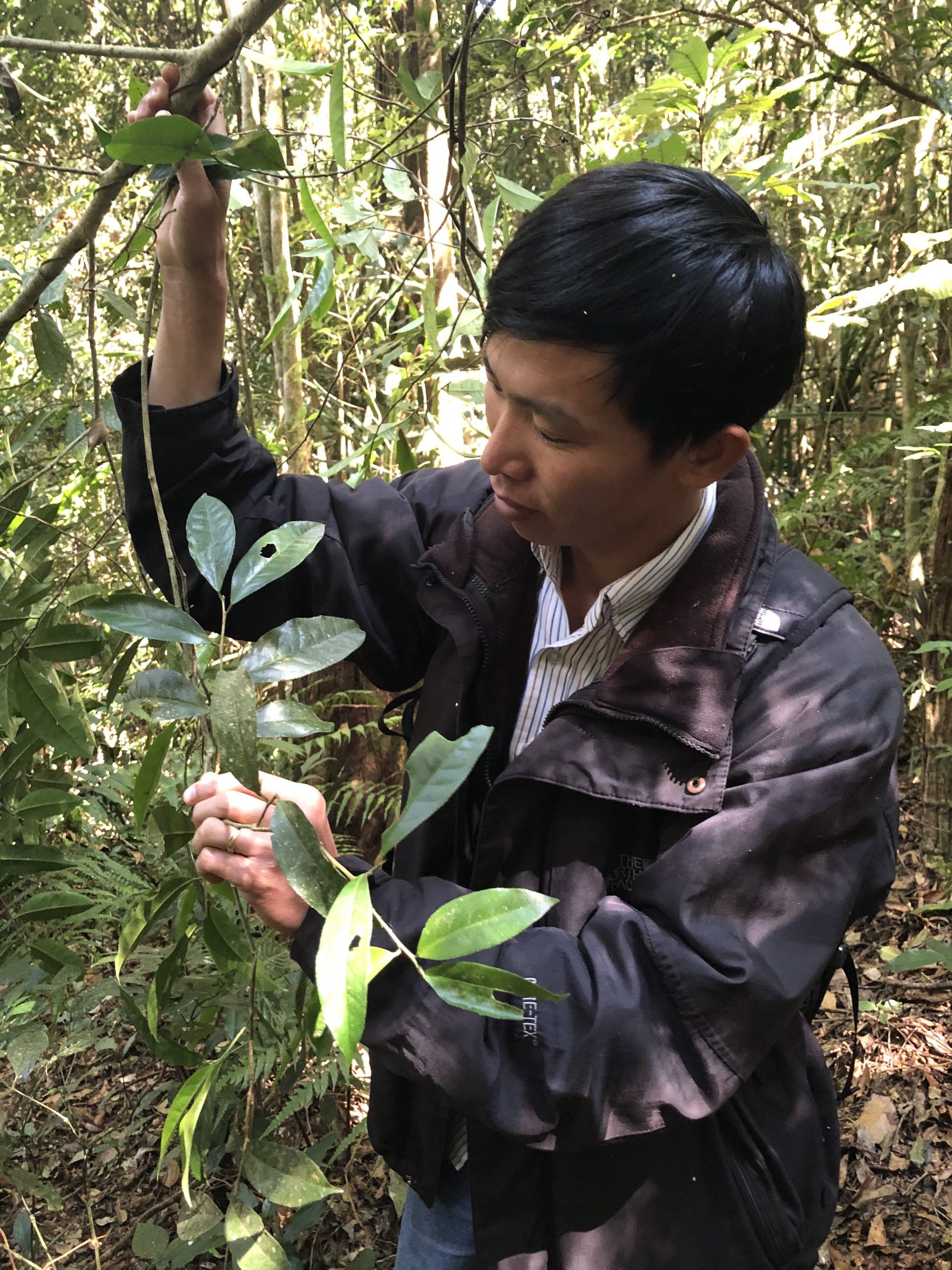
Contact details
For more information on this project, please contact globaltrees@bgci.org